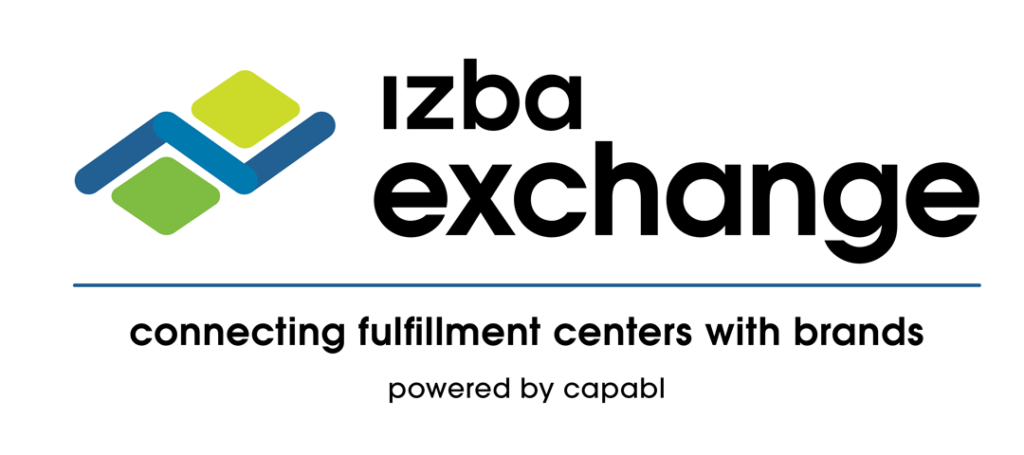Sustainability used to be a “nice-to-have” in the world of supply chain. Now it’s a mandate.
Today’s consumers want to know not just what a product is, but how it was made, what it took to get to their doorstep, and whether the people and environments behind the scenes were treated fairly. But here’s the tension many operations teams feel: Can building a sustainable supply chain also support—or even enhance—efficiency?
The answer is yes. In fact, the two goals are increasingly aligned.
What Is a Sustainable Supply Chain?
A sustainable supply chain is designed to minimize environmental impact and maximize social responsibility across every touchpoint—from raw materials to manufacturing to delivery. It looks at:
- Ethical sourcing and labor practices
- Minimizing packaging and single-use plastics
- Reducing emissions from freight and warehousing
- Designing for durability and product circularity
It’s not just about checking boxes or earning certifications. It’s about building systems that reflect long-term values—like stewardship, accountability, and transparency.
The Myth: Sustainability Slows You Down
There’s a lingering belief that making environmentally responsible choices creates delays, complexity, or added costs. In reality, inefficiency is often the byproduct of outdated systems, reactive planning, or poor supplier communication—not sustainability.
Yes, transitions can require upfront investment or operational redesign. But many companies find that once changes are implemented, efficiency follows.
Sustainability Drives Efficiency—Here’s How
Let’s break down a few ways sustainable practices can actually make operations better:
1. Less Waste = Lower Costs
Leaner production means fewer materials wasted, fewer defects, and fewer returns. That’s not just good for the planet—it’s good for your P&L.
2. Smarter Freight = Fewer Emissions + Better Delivery
Freight consolidation, regional fulfillment strategies, and efficient route planning can lower carbon emissions and reduce shipping time. A win-win.
3. Sustainable Inventory = Smarter Planning
Avoiding overproduction reduces not just waste, but also storage costs and markdown risk. Tightly aligned demand planning helps minimize footprint while maintaining stock availability.
4. Energy Efficiency = Operational Savings
Shifting to LED lighting, solar-powered facilities, or energy-efficient equipment cuts utility bills over time. Lower opex, lower footprint.
Case Study: LEGO’s Bold Sustainability Goals
LEGO, a brand built on precision and consistency, has made sustainability a core part of its strategy—without compromising efficiency.
- Packaging: The company committed to phasing out single-use plastic bags inside boxes, switching to recyclable paper-based alternatives.
- Materials: They’re investing heavily in finding sustainable alternatives to traditional ABS plastic while maintaining the exacting quality standards LEGO is known for.
- Operations: LEGO has achieved carbon-neutral operations at several key facilities and is working toward 100% renewable energy across the board.
Rather than treating sustainability as a constraint, LEGO has embedded it into operational design. The result: lower waste, more loyal customers, and global recognition as a values-driven company.
How to Make Your Supply Chain Green and Lean
If you’re building a supply chain from scratch—or redesigning one that’s grown fast—here’s where to start:
- Map your current footprint. Where are the emissions, inefficiencies, or waste happening today?
- Set clear goals. Whether it’s packaging reduction, carbon neutrality, or nearshoring, define metrics that matter.
- Choose aligned partners. Work with manufacturers, 3PLs, and vendors who share your values.
- Invest in the right tools. Use WMS, freight optimization, and forecasting tech to drive precision.
- Start with quick wins. Packaging optimization, freight zone analysis, and supplier scorecards can all create impact quickly.
Avoid These Pitfalls
Sustainability shouldn’t become a buzzword in your operations. Watch out for:
- Over-engineering: If it adds complexity but not value, it’s not sustainable.
- Certifications without substance: Paper credentials don’t build trust—performance does.
- Neglecting total lifecycle impact: A product that’s “sustainable” but breaks quickly undercuts the mission.
Why Now Is the Time
Consumer expectations are rising. Regulatory pressure is increasing. And frankly, sustainable operations are more resilient in the face of global shocks—whether geopolitical, environmental, or economic.
For brands who want to be around for the next 20 years—not just the next quarter—now is the time to make efficiency and sustainability a shared goal.
Conclusion
Sustainability and efficiency aren’t in conflict—they’re deeply connected. Done right, a sustainable supply chain leads to less waste, lower costs, stronger vendor relationships, and a more loyal customer base.
If you’re building a values-driven brand and want your operations to reflect those values, Izba can help you get there. From optimizing freight to designing circular inventory flows, we work with brands that care about doing things the right way—without slowing down.




